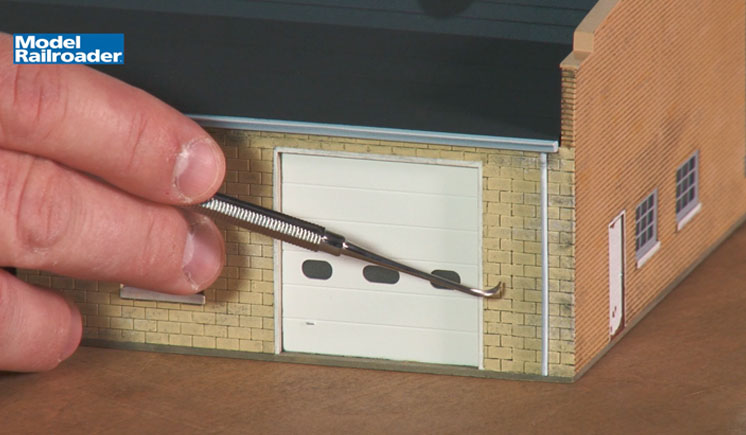
Having trouble viewing this video? Please visit our Video FAQ page Take your model structure building to the next level with a scribing tool. Watch as Group Technical Editor Cody Grivno shows you how to use a scribing tool, such as this one from the Kalmbach Hobby Store, to blend the mortar lines of […]
Read More…
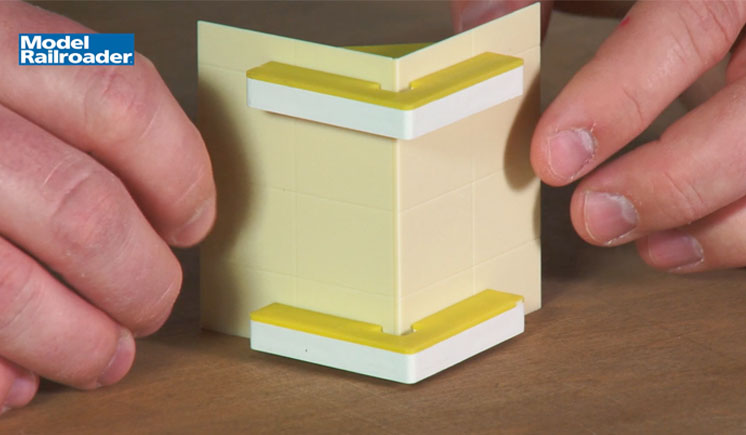
Having trouble viewing this video? Please visit our Video FAQ page Do you sometimes feel like you need an extra hand when assembling a structure kit? Watch Group Technical Editor Cody Grivno as he demonstrates how to use this magnetic snap and glue set from the Kalmbach Hobby Store. It’s designed to hold wall […]
Read More…
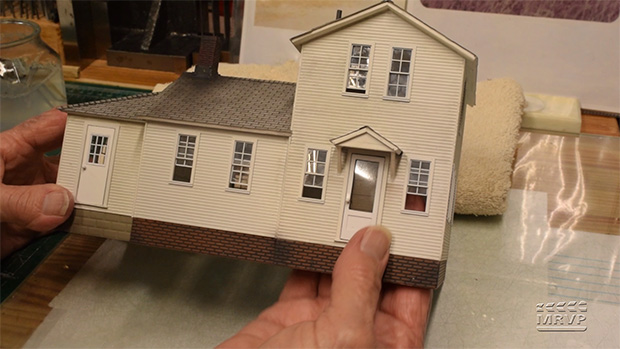
To complete her O scale scratchbuilding series, modeler Renee Grosser shares her technique for adding realistic roof shingles, chimney fixtures, and window/door details to the rustic farmhouse. […]
Read More…

Having trouble viewing this video? Please visit our Video FAQ page To complete her O scale scratchbuilding series, modeler Renee Grosser shares her technique for adding realistic roof shingles, chimney fixtures, and window/door details to the rustic farmhouse. […]
Read More…
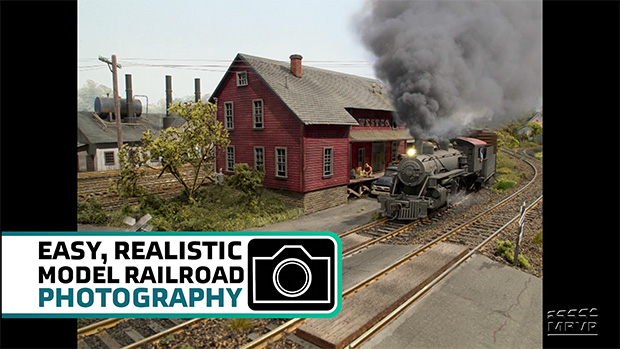
Having trouble viewing this video? Please visit our Video FAQ page In this episode, Gerry Leone talks about how to adjust your camera settings to capture model railroad settings with a realistic depth of field. He also addresses lighting options (type and placement)! […]
Read More…
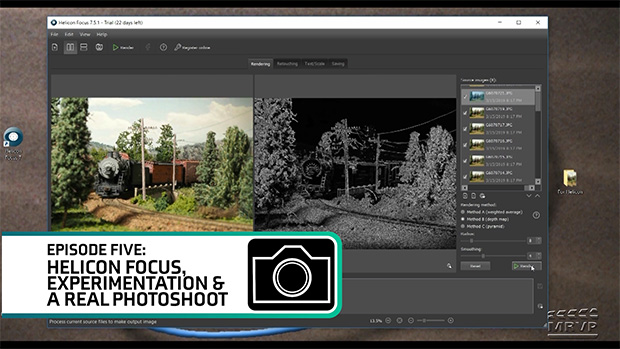
Having trouble viewing this video? Please visit our Video FAQ page To conclude this five-part series, Gerry Leone shows how easy it is to use Helicon Focus software to enhance the focal depth of your model railroad photography. And to wrap things up, Gerry dissects all that goes into building a properly lit professional […]
Read More…
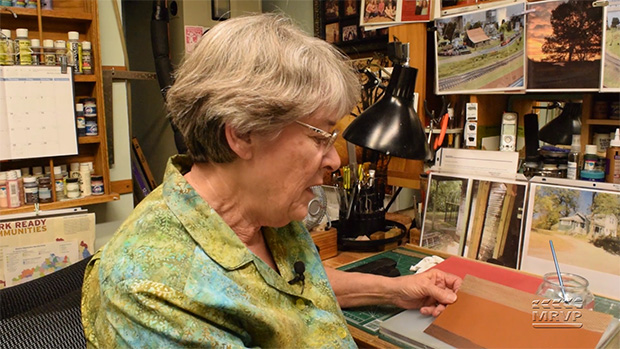
Having trouble viewing this video? Please visit our Video FAQ page Renee Grosser reveals more of her expert scratchbuilding insights. In this episode, she shares how easy it is to add siding to her O scale structures when using clapboard-pattern, sheet styrene material. […]
Read More…

Having trouble viewing this video? Please visit our Video FAQ page Renee Grosser reveals more of her expert scratchbuilding insights. In this episode, she shares how easy it is to add siding to her O scale structures when using clapboard-pattern, sheet styrene material. […]
Read More…

Having trouble viewing this video? Please visit our Video FAQ page To conclude this five-part series, Gerry Leone shows how easy it is to use Helicon Focus software to enhance the focal depth of your model railroad photography. And to wrap things up, Gerry dissects all that goes into building a properly lit professional […]
Read More…
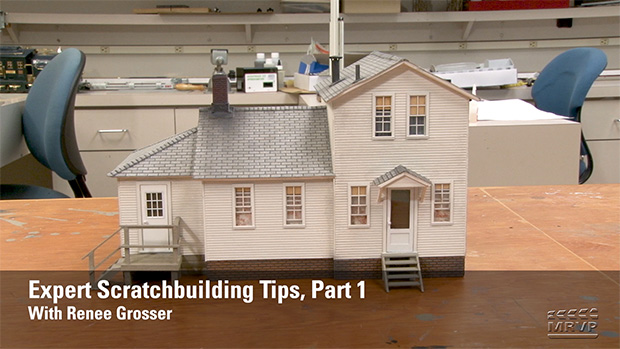
Having trouble viewing this video? Please visit our Video FAQ page Award-winning modeler Renee Grosser launches an MRVP exclusive mini-series highlighting her top-notch modeling skills and tips. Follow along as she shares her process for using styrene to scratchbuild a farmhouse from little more than a few snapshots! […]
Read More…
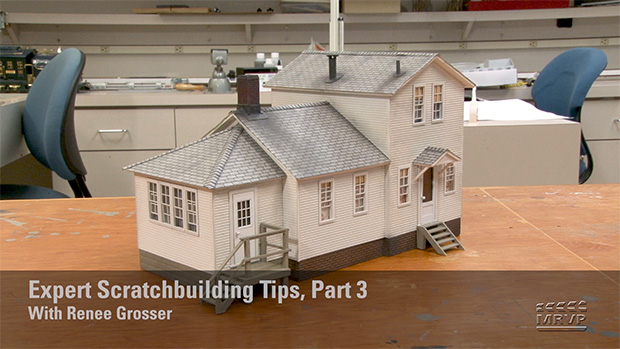
Having trouble viewing this video? Please visit our Video FAQ page Expert modeler Renee Grosser demonstrates how she makes window and door openings in the O scale structures she likes to scratchbuild using sheet styrene material. You’ll also see how she prepares some of the finishing details and weathering effects for her farmhouse project. […]
Read More…
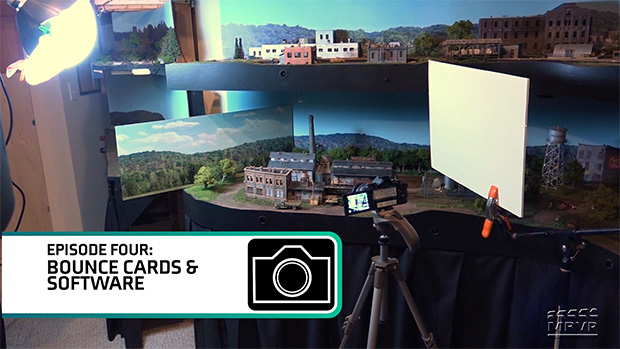
Having trouble viewing this video? Please visit our Video FAQ page Gerry Leone demonstrates a handy technique that makes it appear like your photos are captured under real sunlight. Plus, he’ll also show how photo enhancement software can bring new clarity to your photography efforts! […]
Read More…











